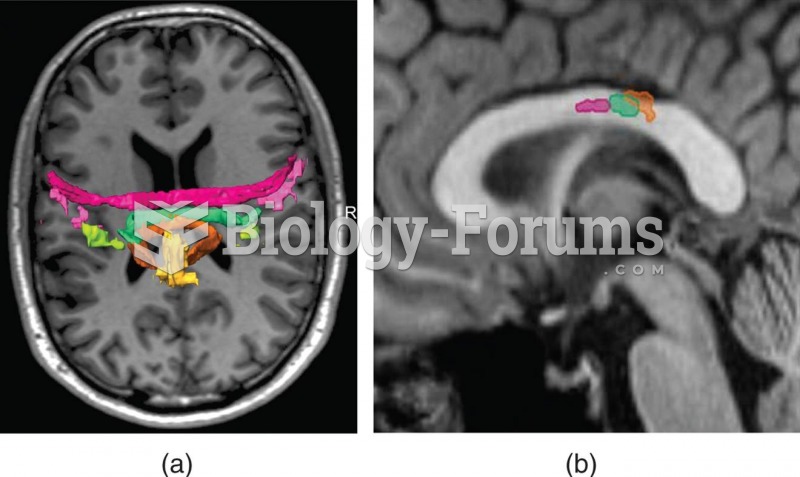Answer to Question 1
Primary deviance involves norm violations or crimes that have very little influence on the actor and can be quickly forgotten.
o For example, a college student takes a five-finger discount at the campus bookstore. He successfully steals a textbook, uses it to get an A in a course, goes on to graduate, is admitted into law school, and later becomes a famous judge. Because his shoplifting goes unnoticed, it is a relatively unimportant event that has little bearing on his future life.
Secondary deviance occurs when a deviant event comes to the attention of significant others or social control agents who apply a negative label.
o The newly labeled offender then reorganizes his or her behavior and personality around the consequences of the deviant act.
o The shoplifting student is caught by a security guard and expelled from college. With his law school dreams dashed and his future cloudy, his options are limited; people who know him say he lacks character, and he begins to share their opinion. He eventually becomes a drug dealer and winds up in prison.
Secondary deviance involves resocialization into a deviant role as it produces a deviance amplification effect.
Offenders feel isolated from the mainstream of society and become firmly locked within their deviant role. They may seek out others similarly labeled to form deviant subcultures or groups.
Ever more firmly enmeshed in their deviant role, they are locked into an escalating cycle of deviance, apprehension, more powerful labels, and identity transformation.
The concept of secondary deviance expresses the core of social reaction theory: Deviance is a process in which a person's identity is transformed.
Efforts to control the offenders, whether by treatment or punishment, simply help lock them in their deviant role.
Student views will vary.
Answer to Question 2
TRUE







